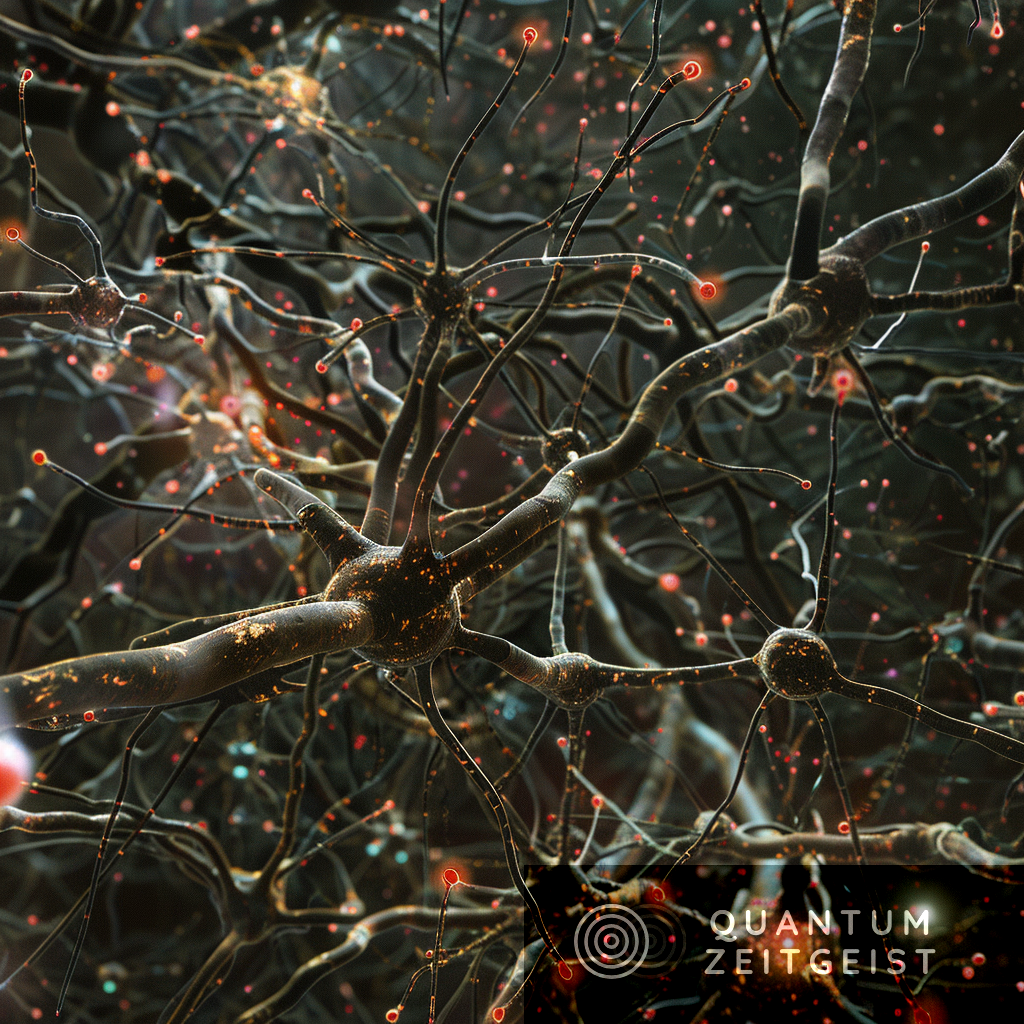Quantum computing could revolutionize our understanding of biological and an artificial neural network by enabling large-scale simulations of neural dynamics and the application of quantum algorithms. This could advance our understanding of the brain and mind, as well as the field of artificial intelligence. However, applying quantum computing to neural networks is still a developing field, with much work to be done.
Google Quantum and X Prize have announced a competition to promote the development of practical quantum computing algorithms and applications, highlighting the growing interest in this area.
Can Quantum Computing Enhance Our Understanding of Neural Networks?
Quantum computing, while still largely theoretical, has the potential to revolutionize areas where classical computers show limitations, particularly in cryptography and the simulation of complex physical and chemical systems. An emerging area of interest is the application of quantum computing to the modeling and simulation of biological and artificial neural networks. This is a largely unexplored topic, but one that could significantly advance our understanding of the brain and mind, as well as the rapidly developing field of artificial intelligence.
The intersection of quantum computing, neuroscience, and related topics has already generated considerable interest, leading to numerous books, technical papers, and popular articles. Some of this literature is speculative but scientifically thoughtful, while others are not. The most well-known arguments suggest that microtubules in neurons act as quantum computing elements in fundamental ways. While still controversial, recent experimental results suggest that neurons might indeed leverage properties of quantum effects in how they compute, a remarkable result.
However, the focus of this article is different. It is interested in the practical application of quantum algorithms for probing and understanding neural dynamics, rather than exploring the possibility of quantum computational mechanisms within the brain itself. Despite the growing interest in these topics, rigorous mathematical and quantitative arguments applying quantum algorithms for solving meaningful neuroscience and artificial neural network questions remain in their infancy.
How Can Quantum Computing Contribute to the Study of Neural Networks?
There are two broad areas in which quantum computing may contribute to the scientific study of neural networks. The first is large-scale simulations of neural dynamics across scales of spatial and temporal organization, bounded and informed by the known physiology in the case of the brain and known models for artificial intelligence and machine learning. The second is carefully chosen and structured problems about neural dynamics that make careful and clever use of quantum algorithms.
Sufficiently large-scale simulations would allow observing, experimenting, and iterating numerical experiments under a wide range of parameter and model conditions. If, as neuroscientists suspect, complex emergent cognitive properties are partly due to sufficiently large interactions among foundational physiological and biological components and processes across temporal and spatial scales of organization, the need to carry out very large iterative simulations may be critical to understanding the dynamics that give rise to cognitive properties. Simulations of this kind would support understanding emergent effects that depend on the scale of the computational space to the extent it can be computed.
However, open-ended large-scale simulations alone will not be sufficient for understanding how the brain or artificial intelligence for that matter works. In effect, open-ended large-scale simulations in isolation are what led to the significant challenges and missed targets faced by the highly publicized and hugely funded Blue Brain Project.
What is the Role of Quantum Algorithms in Studying Neural Networks?
The exploration of new problem classes for quantum computation is an active area of research. An essentially completely unexplored topic is the use of quantum algorithms and computing to explore and ask questions about the functional dynamics of neural networks. This is a component of the still-nascent topic of applying quantum computing to the modeling and simulations of biological and artificial neural networks.
In this work, the author shows how a carefully constructed set of conditions can use two foundational quantum algorithms, Grover and Deutsch-Josza, in such a way that the output measurements admit an interpretation that guarantees we can infer if a simple representation of a neural network, which applies to both biological and artificial networks after some time has the potential to continue sustaining dynamic activity. Or whether the dynamics are guaranteed to stop through epileptic dynamics or quiescence.
What are the Practical Considerations and Applications of Quantum Computing in Neural Networks?
While the potential of quantum computing in the study of neural networks is vast, practical considerations must be considered. Quantum versus classical considerations for studying neural networks is one such consideration. The practical applications of this and future related work are another.
The application of known quantum algorithms and the development of new ones is an active area of research. Google Quantum and X Prize just announced a new competition to promote the development of practical, real-world quantum computing algorithms and applications.
The application of quantum computing to the modeling and simulation of biological and artificial neural networks is a still-nascent topic. However, prioritizing research in these areas is important as it can potentially significantly advance our understanding of the brain and mind, and the increasingly rapid development of artificial intelligence.
Quantum computing has the potential to revolutionize our understanding of neural networks, both biological and artificial. By leveraging the power of quantum algorithms, researchers can probe and understand neural dynamics in ways that were previously impossible. However, this field is still in its infancy, and much work remains to be done. As research continues, the practical applications and implications of this work will become increasingly clear.
Publication details: “Using Quantum Computing to Infer Dynamic Behaviors of Biological and
Artificial Neural Networks”
Publication Date: 2024-03-27
Authors: Gabriel A. Silva
Source: arXiv (Cornell University)
DOI: https://doi.org/10.48550/arxiv.2403.18963

